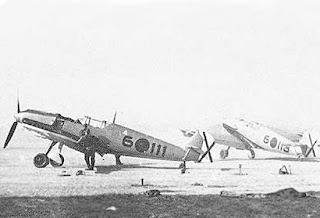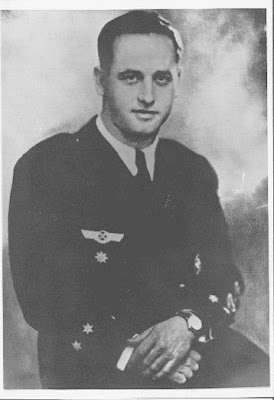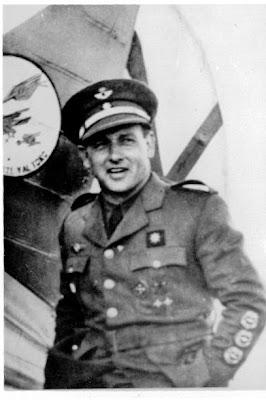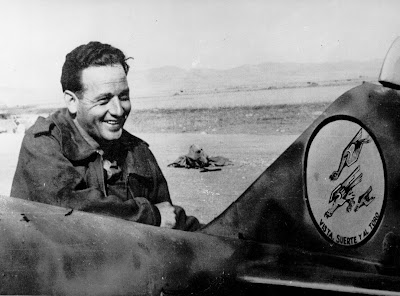RAF destroys Gaddafi command post
A Military Operations news article
18 Aug 11
The RAF has launched precision strikes on one of Colonel Gaddafi's main command facilities used by the former regime to co-ordinate attacks on the Libyan people.

A Royal Air Force Typhoon takes off for Libya from Gioia del Colle air base, southern Italy (stock image)
[Picture: Sergeant Pete Mobbs, Crown Copyright/MOD 2011]
On Tuesday morning, RAF aircraft destroyed a military staging post near Zlitan with a pair of Paveway guided bombs.
During the evening, two formations of Tornados and Typhoons took part with allied aircraft from several other nations in a co-ordinated and highly accurate strike by NATO on a large command compound at Hun in central Libya, used by former regime leaders to co-ordinate attacks on the Libyan people.
Eleven Paveway bombs were dropped by RAF aircraft on military targets within the compound, including the central headquarters facility.
The early hours of Wednesday saw another military command node in Zlitan destroyed as well as armed reconnaissance patrols in the west of the country near Tripoli and Az Zawiyah.
Major General Nick Pope, the Chief of the Defence Staff's Communications Officer, said:
"These conducted precision strikes on former regime facilities at Sabratha, including a commando base which had been used by Colonel Gaddafi's men to launch numerous reprisals against the local people.

A Libyan patrol vessel used by pro-Gaddafi forces is targeted by an RAF jet
[Picture: Crown Copyright/MOD 2011]
"The base suffered severe damage and it is reported that it is now in the hands of the Free Libyan Forces and permanently removed as a threat to the safety of the town's population."
In the late afternoon, a further RAF patrol identified a force of pro-Gaddafi troops which had been fighting at the oil refinery on the coast at Az Zawiyah. The armed vehicles on which they had relied to mount their attacks had been taken out of action by a NATO strike, but they were observed to use a tug boat, which had been commandeered as a naval patrol craft, in an attempt to redeploy to new positions along the coast.
General Pope continued:
"Since it was clear from their actions that these troops continued to pose a threat to the local population, the RAF patrol engaged the ship. Although a challenging target, small and under way at sea, a direct hit was scored with a laser-guided Paveway bomb which sank the vessel.
"This is a tribute to the professionalism of the aircrew in tracking a moving target with the laser designator, and the accuracy of the weapon system.

Explosion as a Libyan patrol vessel used by pro-Gaddafi forces is destroyed by the RAF with a Paveway bomb
[Picture: Crown Copyright/MOD 2011]
"It is of note that Colonel Gaddafi is reportedly claiming that NATO has attacked the historic remains of the ancient city of Lepcis Magna. This is nonsense. The UK and its allies are very well aware of the UNESCO [United Nations Educational, Scientific and Cultural Organisation] World Heritage site and take every precaution to avoid damage.
"The RAF did attack, in the early hours of Monday morning, a psychological warfare centre over a mile from Lepcis Magna. All four Paveway guided bombs were observed to score direct hits on their proper target."
RAF VC10 and TriStar tankers, and Sentry and Sentinel surveillance aircraft, provided extensive support to these and other NATO missions.
Since the start of military operations on 19 March, Royal Navy, Royal Air Force and Army Air Corps precision strikes have damaged or destroyed some 870 former regime targets which posed a threat to the Libyan people.













































